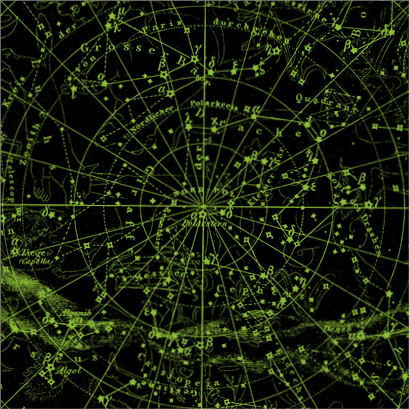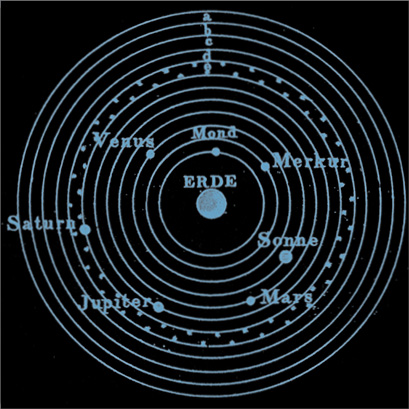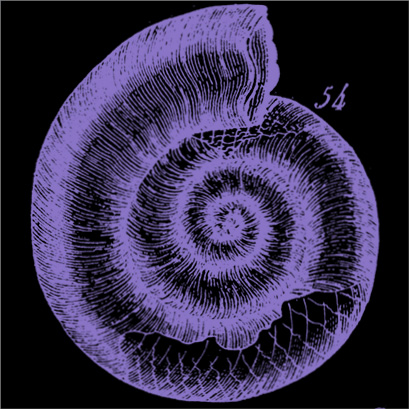Vision Series 14: Royalty
THE VISION SERIES![]() A GBD MICROSITE
A GBD MICROSITE

“Like all the best families, we have our share of eccentricities, of impetuous and wayward youngsters and of family disagreements.”
Queen Elizabeth II
![]()
FACTS ABOUT VISION: Eyes are Our Second Most Complex Organ
After reading the other interesting facts about the human eye on this list, this one should come as no surprise. After our brains, our eyes are the most complex organ in our bodies. Working 24/7, and packed full of tools that aid our vision and perception, they truly are amazing. This is more than another one of the fun facts about eyes you didn’t learn in school. It should also be a reminder that protecting these important organs is a must. [A]
![]()
BOOKS ABOUT EYES: “The Fruit, the Tree, and the Serpent: Why We See So Well”
by Lynne A. Isbell, Harvard University Press, 2009
From the temptation of Eve to the venomous murder of the mighty Thor, the serpent appears throughout time and cultures as a figure of mischief and misery. The worldwide prominence of snakes in religion, myth, and folklore underscores our deep connection to the serpent—but why, when so few of us have firsthand experience? The surprising answer, this book suggests, lies in the singular impact of snakes on primate evolution. Predation pressure from snakes, Lynne Isbell tells us, is ultimately responsible for the superior vision and large brains of primates—and for a critical aspect of human evolution. Drawing on extensive research, Isbell further speculates how snakes could have influenced the development of a distinctively human behavior: our ability to point for the purpose of directing attention. A social activity (no one points when alone) dependent on fast and accurate localization, pointing would have reduced deadly snake bites among our hominin ancestors. It might have also figured in later human behavior: snakes, this book eloquently argues, may well have given bipedal hominins, already equipped with a non-human primate communication system, the evolutionary nudge to point to communicate for social good, a critical step toward the evolution of language, and all that followed. [B]
[A] The facts above are from the Magruder Eye Institute.
[B] The books noted are from a list by BiblioVault.















